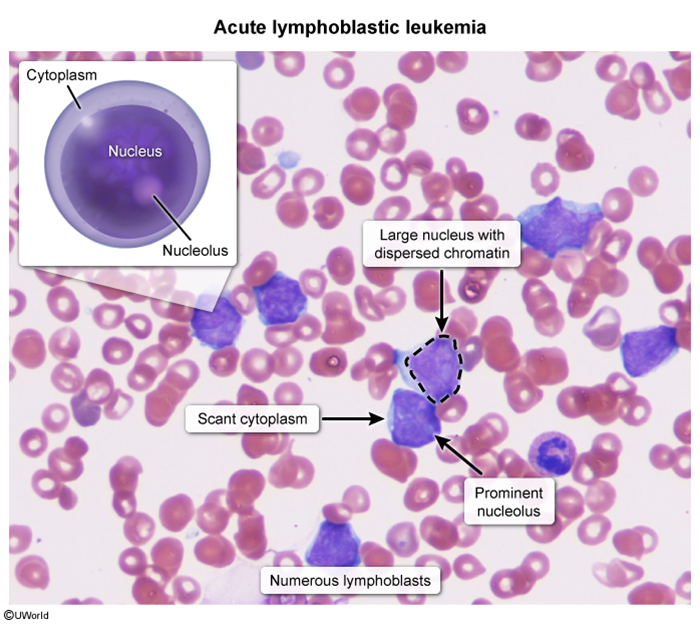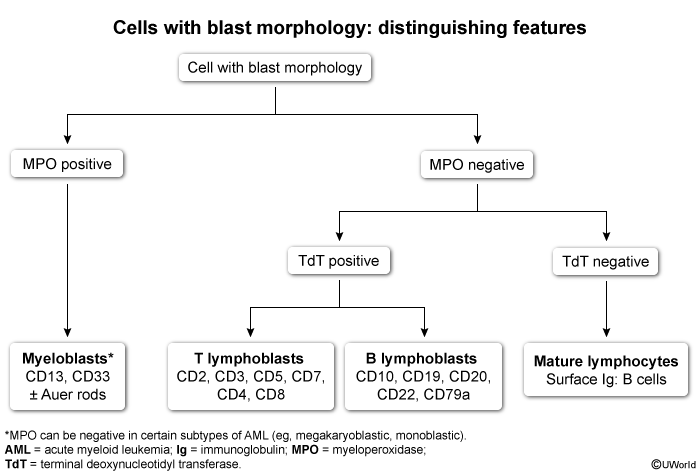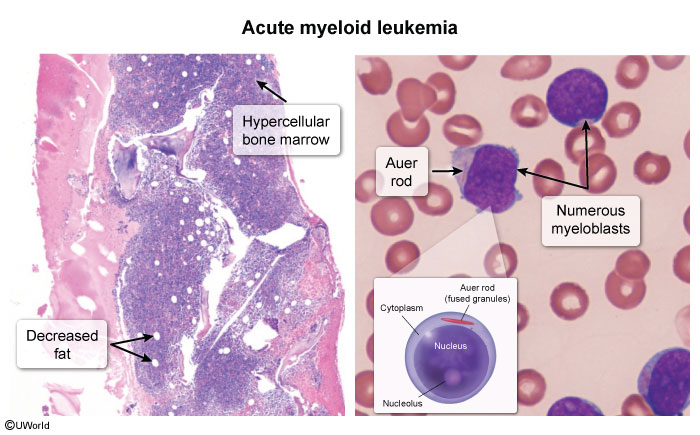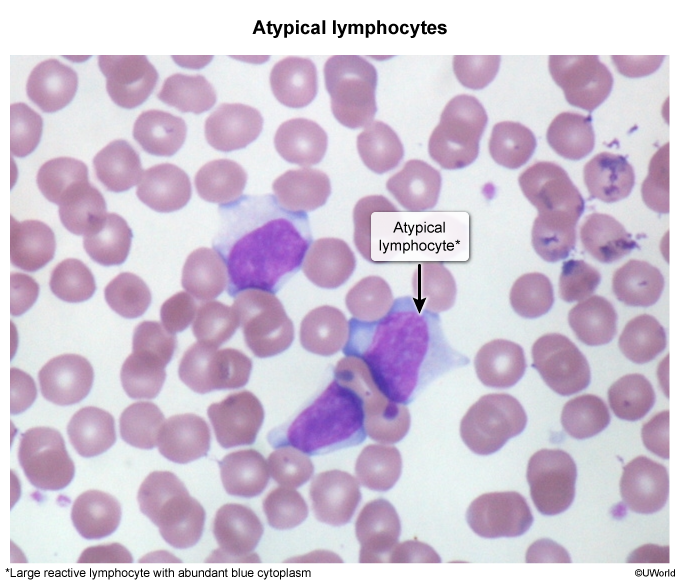Acute Lymphoblastic Leukemia And Lymphoblastic Lymphoma
Article Sections
Introduction
Acute lymphoblastic leukemia (ALL) and lymphoblastic lymphoma (LBL) comprise a group of hematologic malignancies involving early lymphoid precursor cells. ALL and LBL are the most common types of cancer in children.
Pathophysiology and risk factors
Hematologic cell proliferation and differentiation is normally a highly regulated process. However, early lymphoid precursor cells can acquire genetic changes that drive proliferation but impair differentiation, resulting in a lymphoblastic malignancy. ALL and LBL are different clinical presentations that share this common disease origin. In ALL, the bone marrow and peripheral blood are involved; in LBL, the malignancy primarily involves a mass (eg, thymic mass) with minimal bone marrow involvement. Both presentations may have overlapping features (eg, LBL that progresses to the bone marrow), and here the term ALL will be used to refer to ALL and LBL jointly.
Continue Learning with UWorld
Get the full Acute Lymphoblastic Leukemia And Lymphoblastic Lymphoma article plus rich visuals, real-world cases, and in-depth insights from medical experts, all available through the UWorld Medical Library.
Figures
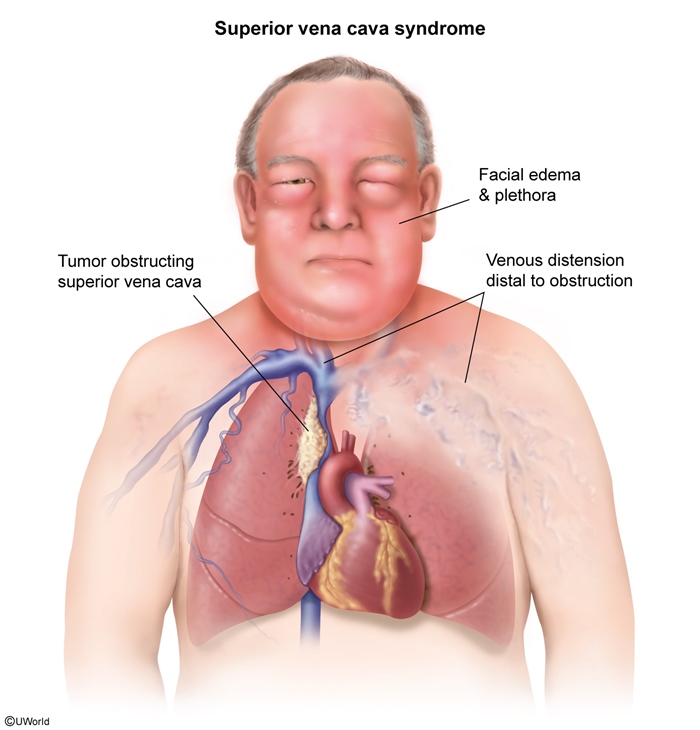
Images

